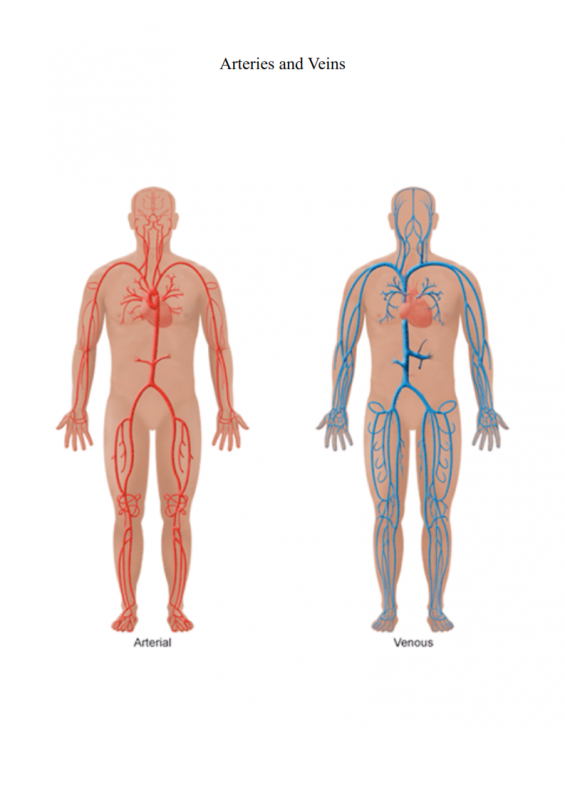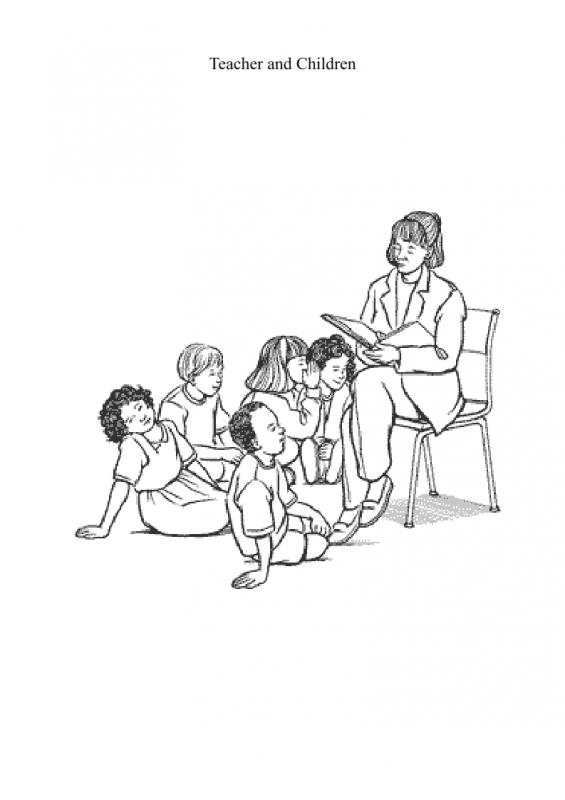Aim to understand that God created everything to exist through reciprocal relationships between subject & object pairs
Aim
* to understand that God created everything to exist through reciprocal relationships between subject & object pairs.
– This is called give and take action.
– It is a giving and receiving relationship
– Reciprocal means the relationship goes two ways
* When subject and object unite they reflect God’s nature
– Unity comes when subject and object put priority on the common purpose
Materials
* a copy of the Principle
* Two Goats on a Bridge (from Peace Tales, by Margaret Read MacDonald)
* visual aids – examples of subject and object pairs
* children’s worksheet
Lesson Outline
1. Give & Take Action
2. Unity
3. A Common Purpose
4. Story – Two Goats on a Bridge
5. An Exercise in Give & Take
6. Activities – worksheet, act out the story
7. Review the aims
8. Prayer
1) Give and Take Action
Although we live as separate individuals, everything is created to exist through reciprocal relationships between subject and object pairs. This is called GIVE AND TAKE ACTION. It is a giving and receiving relationship. Reciprocal means the relationship goes two ways.
1) the subject begins the relationship, by giving something to the object
2) The object responds to the subject by receiving and giving something back
3) The subject receives and gives back
4) The object receives and gives back, and so on.
SOME EXAMPLES
In the creation there are numerous subject and object pairs. Shows pictures of each example.
2) Unity
Mind (subject) and body (object)
The mind starts the relationship by telling the body to do something.
For example: I want some water. The body responds and gets the water.
All day long our mind is telling our body what to do and the body responds
Mother (subject) and baby (object)
The mother cuddles the baby.
The baby responds by smiling.
The mother smiles back.
The baby giggles.
bee (subject) and flower (object)
The bee gives pollen to the flower.
The flower gives nectar to the bee
When subject and object unite, they reflect God’s nature. Then God’s spirit can dwell there. When they unite they can also fulfill their purpose. Everything God made is meant to exist in relationships and unite. If they don’t unite they cannot reflect God’s nature, cannot fulfill their purpose and cannot be happy.
Example: Parents call their children to eat dinner. When the children obey, there is harmony between the parents and children and God’s spirit dwells in the family.
3) A Common Purpose
In order to begin a relationship there needs to be a common purpose for both subject and object. For example an actor wants to entertain. The audience wants to be entertained. The common purpose is more important that their own individual purpose. If they both put their common purpose first there will be unity and the relationship continues. But if they put their own purpose first then there cannot be unity and give and take stops or there is conflict
Examples
1) teacher and student
What is the common purpose? – learning
if the student doesn’t want to learn, the teacher can’t teach
2) bus driver and passenger
What is the common purpose? – to reach a certain destination
if the passenger doesn’t want to go to the place he gets off the bus
3) artery and vein
What is the common purpose? – pass blood around the body
if an artery gets blocked, the veins cannot receive or return the blood and the blood stops flowing.
4) Story – Two Goats on a Bridge
In the first story each goat thinks about himself and only wants to take. Neither goat gets what he wants – to cross the bridge. The second story shows good give and take action where each goat
thinks of the whole purpose and gives something back. Each goat gets what he wants – to cross the bridge.
5) An Exercise in Give & Take Action
Two people having a conversation is a good example of give and take action.
They both want to share about a common topic. The person speaking is in the subject position and the listener in the object position. To have a good conversation the role of the listener is very
important. Without a good listener, the conversation becomes a monologue. It’s all giving, but no receiving or giving back. We are going to look more closely at a conversation, by doing some listening exercises.
Part 1.
1. Pair off with a partner. Each of you should decide on a topic that you, yourself, want to talk to the other person about. Let the person whose birthday comes earlier in the year be Person 1
Some topics
* What I did this week
* The people in my family
* What I like to do in my free time
Person 1 goes first. He/she should spend about three minutes (time this, using your watch) talking about his or her topic. The other person, Person 2, should simply listen. After those three minutes, it is Person 2’s turn to talk about his or her desired topic. After each of you have taken a turn at being the listener, discuss the following:
a) What was the common purpose? (to share, have a conversation)
b) How long were you able to listen to the other person without getting distracted?
c) How often did you think about things you wanted to say in response to the other person?
d) How much of what the person said can you remember?
e) What most interfered with your listening to the other person – the noise around you, boredom, thinking about what you wanted to say, etc.?
Part 2.
Present five ways to be come better listeners
1. LOOK at the person who is talking.
2. LISTEN, and don’t interrupt.
3. ASK questions to find out more.
4. NOD, or say something to show you understand.
5. REPEAT what you heard in your own words.
Now, take turns again talking, for about three minutes, about the same topic each of you chose earlier. Again, Person 1 goes first. However, this time, the person listening should use some of the
listening techniques. After each of you have taken a turn as speaker, discuss the same questions as before.
a) What was the common purpose?
b) How long were you able to listen to the other person without getting distracted?
c) How often did you think about things you wanted to say in response to the other person?
d) How much of what the person said can you remember?
e) Do you think you were able to listen better this time? Why or why not?
6) Activities
* complete the worksheet
* act out the two goats story
* conversation exercise
7) Review the aims
* God created everything to exist through reciprocal relationships between subject & object pairs.
This is called give and take action.
It is a giving and receiving relationship
Reciprocal means the relationship goes two ways
* When subject and object unite they reflect God’s nature
Unity comes when subject and object put priority on the common purpose
8) End with a prayer









